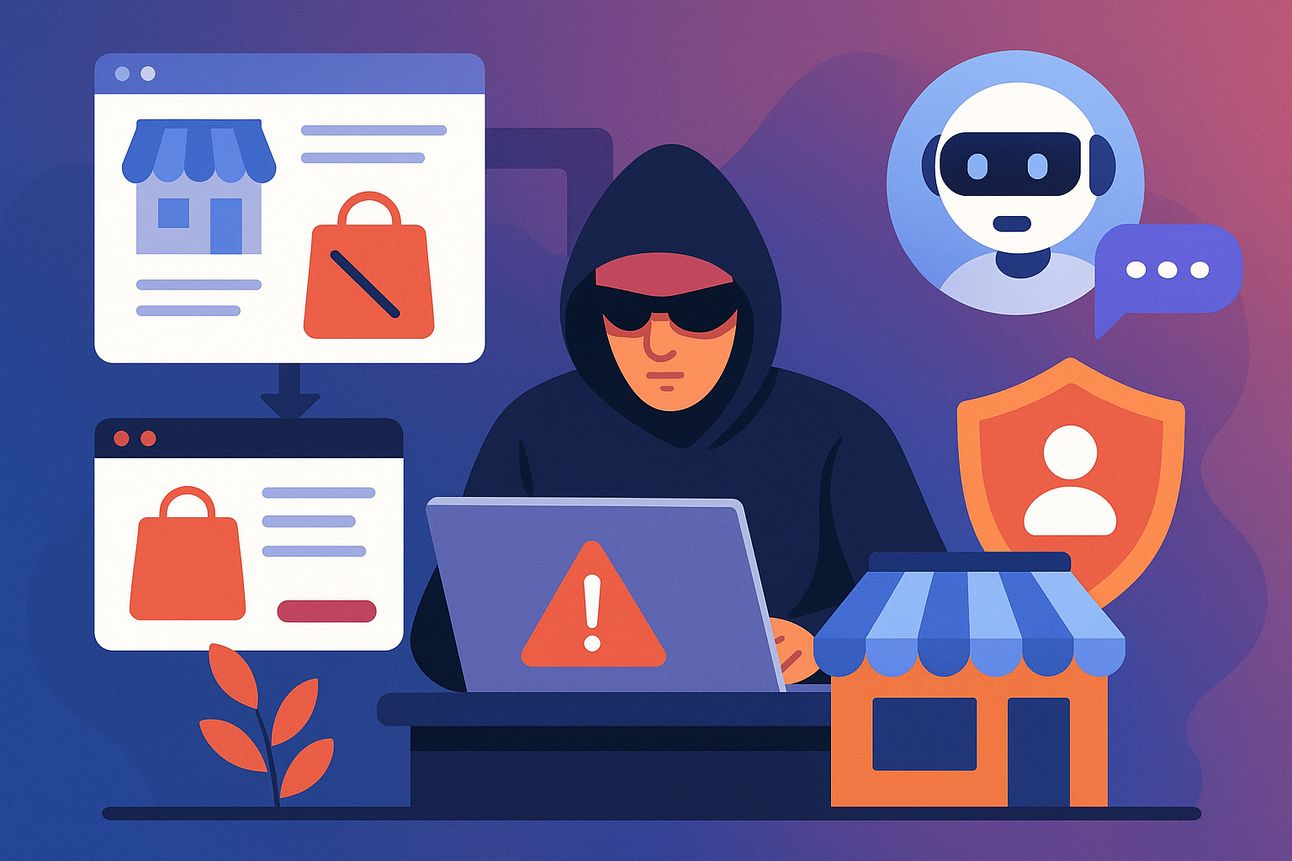- The Midas Report
- Posts
- AI-Driven Scams Are Targeting Small Businesses at Scale
AI-Driven Scams Are Targeting Small Businesses at Scale
4 min read

Generative AI is not only powering innovation. It is also supercharging fraud. Small businesses are becoming the prime target for increasingly sophisticated scam operations that use AI to mimic websites, impersonate employees, and produce convincing customer service interactions. The tools that once promised operational efficiency are now being exploited to undermine credibility, drain revenue, and erode trust.
Fake Brands, Real Consequences
According to reporting from Business Insider, scam networks are using generative AI tools to create near perfect replicas of small business websites. These clones often reroute payment links, intercept customer support tickets, or harvest sensitive information. In other cases, AI generated voice assistants are used to impersonate real staff in phone calls or chatbot windows, making detection difficult without layered verification processes.
The scale and automation of these scams represent a shift from isolated fraud incidents to industrialized, repeatable attack systems. Many of these tactics do not require deep technical knowledge. Off the shelf AI tools are now being bundled and sold as part of “scam as a service” kits, giving bad actors an unfair advantage over small operators who lack dedicated security teams.
The Numbers Are Getting Worse
Surveys indicate that one in four small business owners experienced at least one AI-driven scam in the past year. These incidents range from phishing attacks and domain impersonation to more elaborate schemes involving cloned social profiles, fraudulent refund loops, and fake employee outreach. The damage is often more reputational than technical. Customers who interact with a fake version of your brand may never return, even if the breach is corrected.
At the same time, businesses are seeing rising customer confusion, higher support volumes, and increasing chargeback rates as a result of impersonation based scams. Once trust is lost, customer acquisition costs rise, and retention becomes harder to maintain. This erosion happens quietly, often before the business realizes something is wrong.
Defending Trust at the Edge
The solution is not just better cybersecurity software. It is better operational awareness. Companies must treat brand authenticity as part of their threat model. That means using multi-factor authentication on all business platforms, verifying identities for sensitive communication, and making it easy for customers to confirm whether they are interacting with the real business.
Newer tools are emerging to help. Biometric verification systems, AI powered fraud detectors, and smart warning layers for public facing assets are starting to close the gap. But adoption remains uneven, especially for small firms without dedicated technical teams.
Just as important is having a rapid-response plan. When a customer emails and asks, “is this message actually from you,” the business needs a fast, confident answer backed by clear communication infrastructure. A delay in response can cost more than the scam itself.